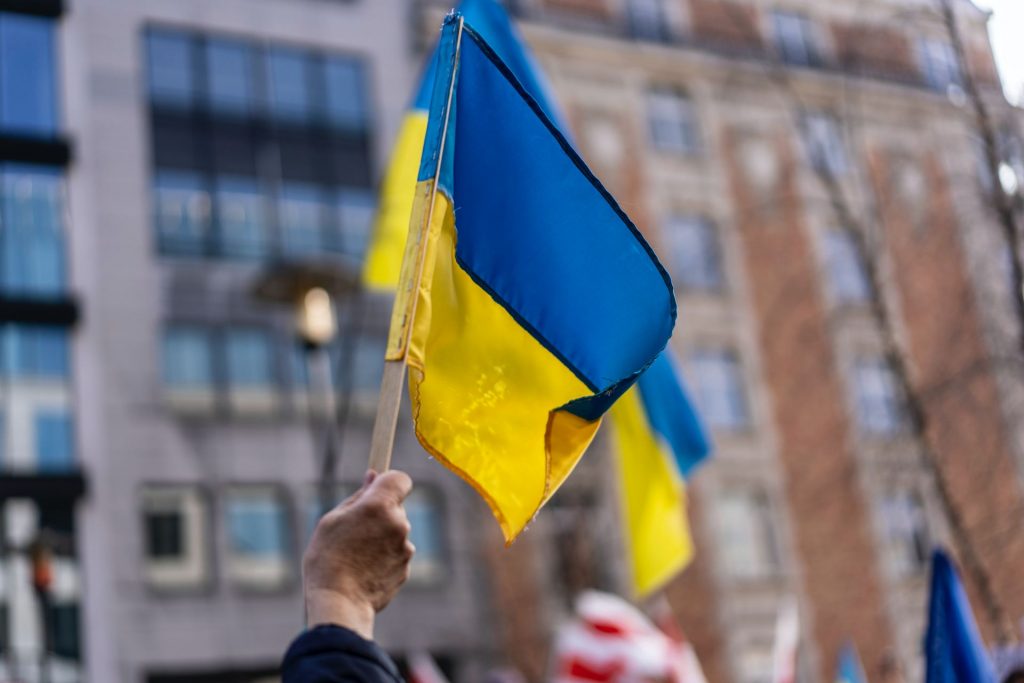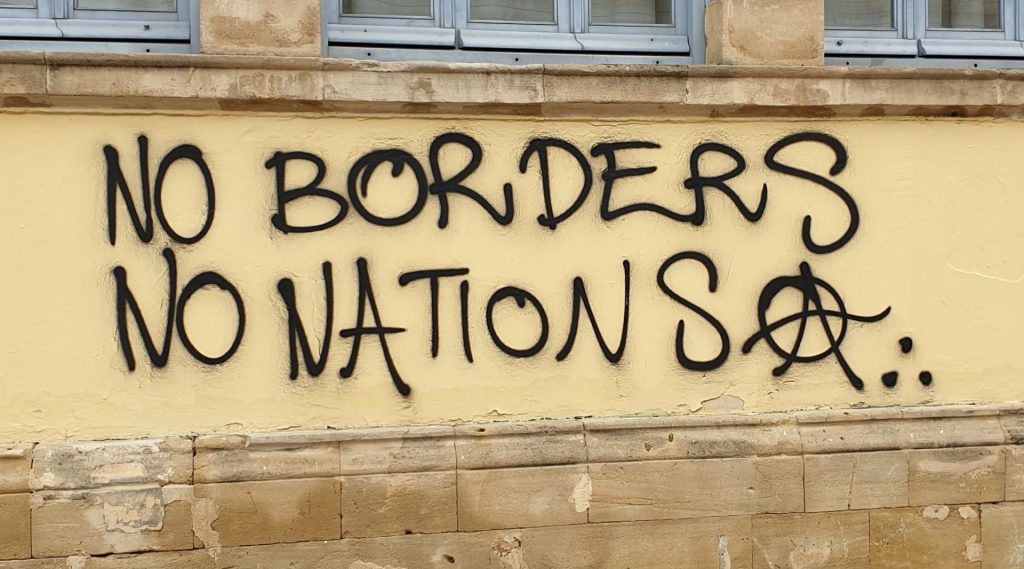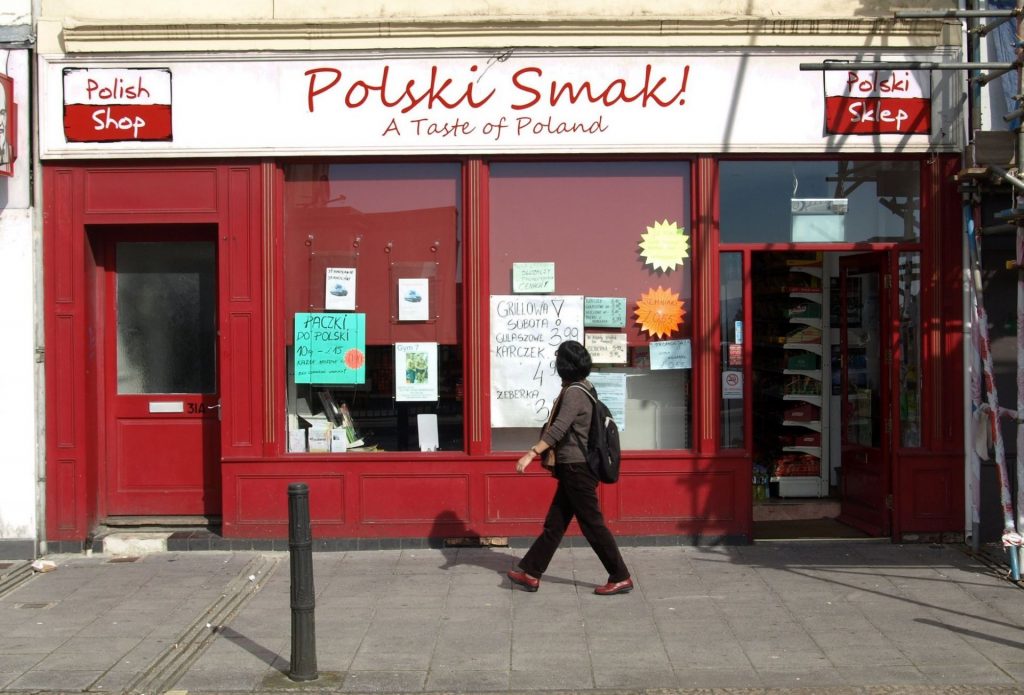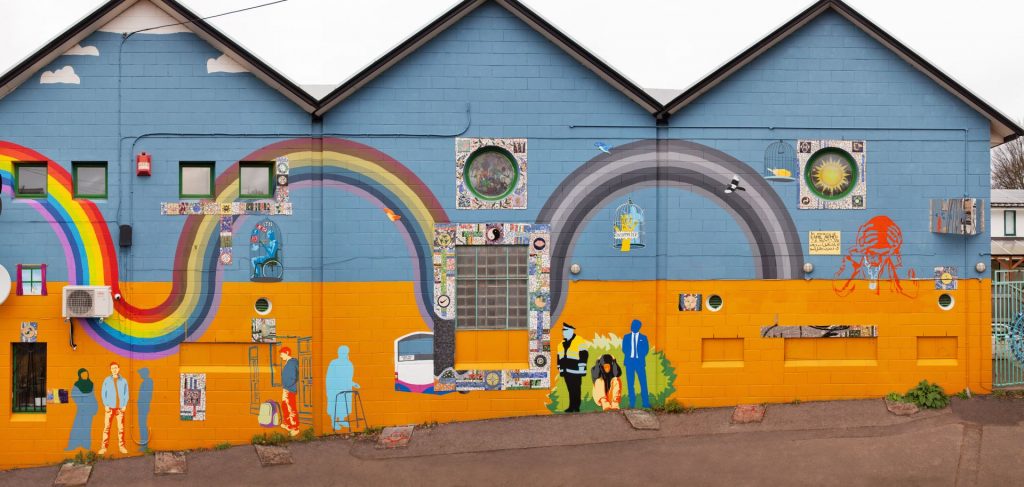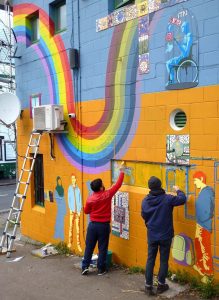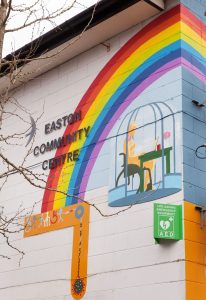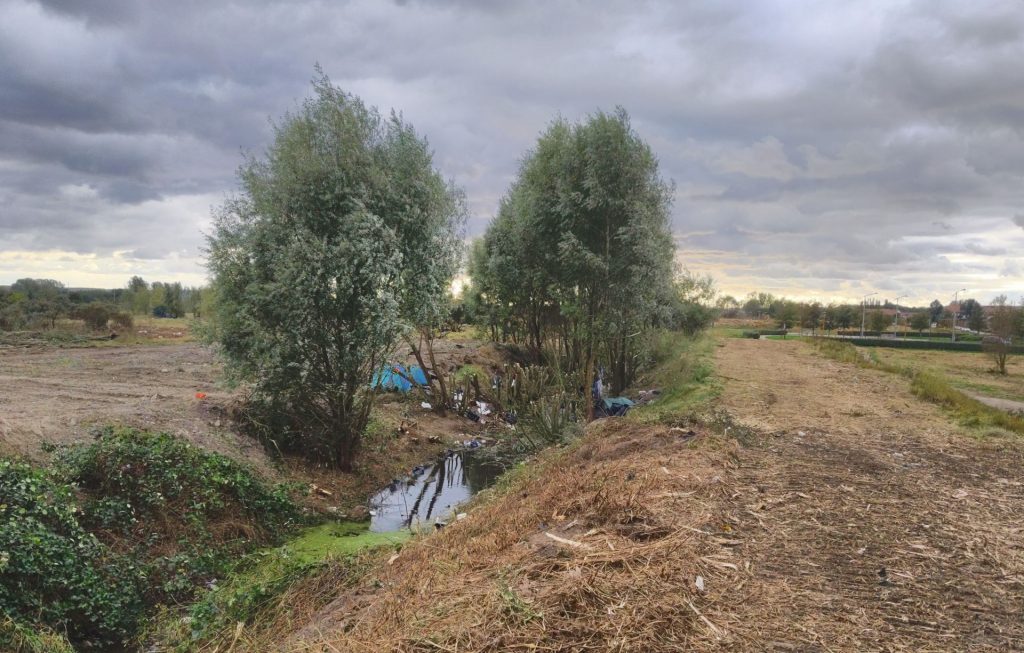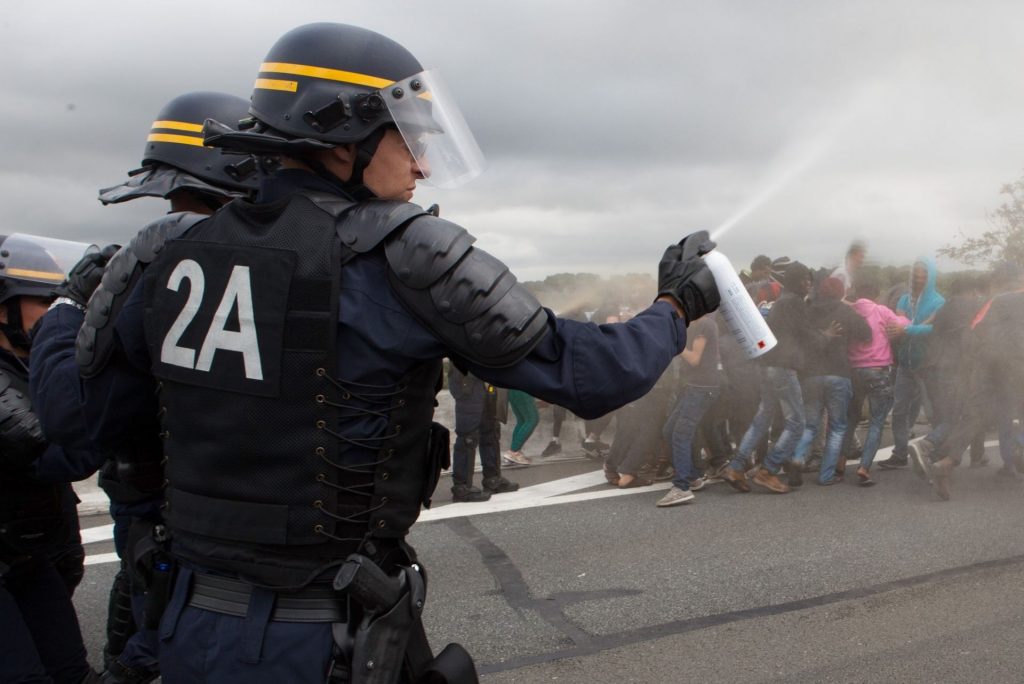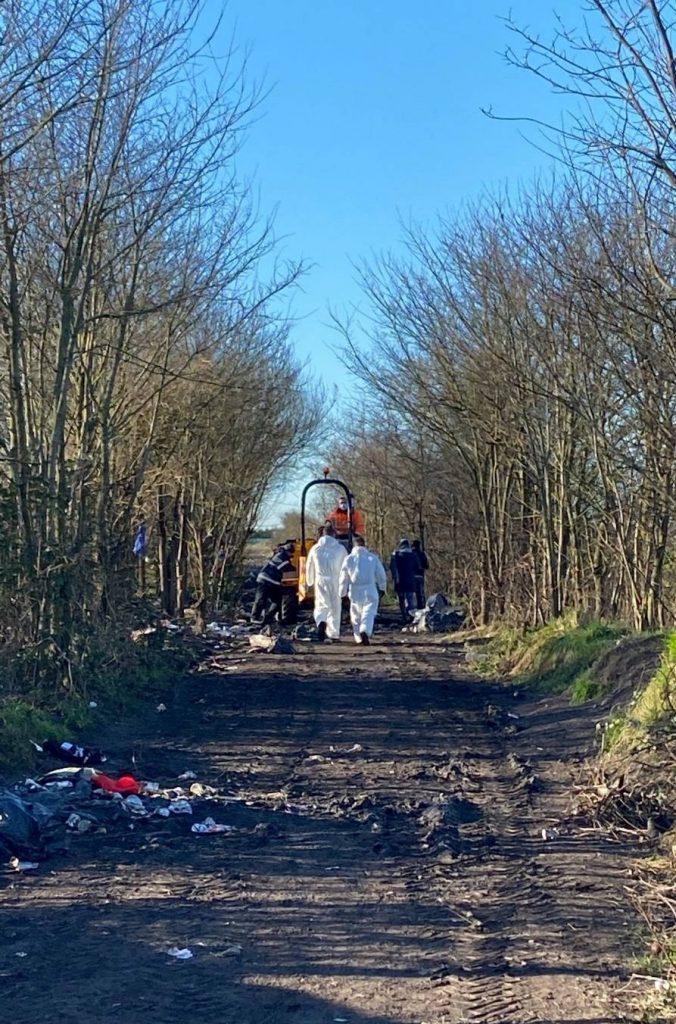Special series on Migration, Mobilities and the Environment, in association with the Cabot Institute for the Environment.
By Kathryn Allinson.
Climate change will impact all our lives in the coming years and many people will experience extreme events due to climate change resulting in displacement, both internally and across international borders. This has become the reality for some already within low-lying archipelago islands within the South Pacific, such as Tuvalu and Kiribati. Despite the certainty of increased climate change-related displacement, there is still no specific frameworks which protect those moving for climate related reasons (see a detailed discussion here).
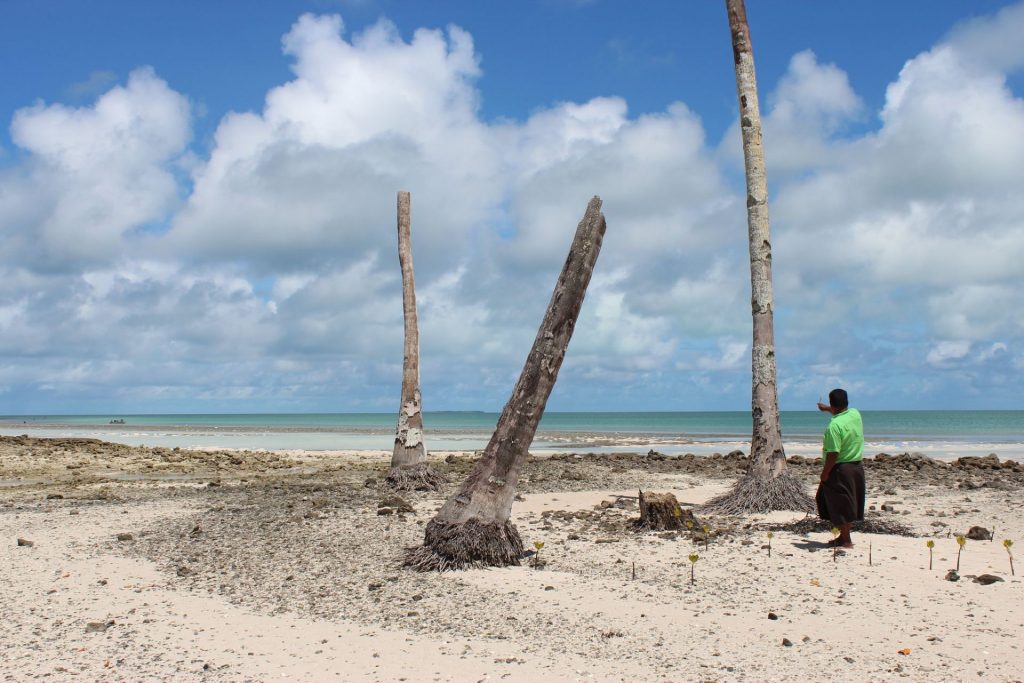
Are people displaced by climate change refugees?
Under Article 1(A) of the 1951 Refugee Convention, climate-related displacement does not constitute grounds for international protection. I will take the essential elements of Article 1(A) in turn. First, a refugee must have crossed an international border, whereas climate-related displacement is expected to be predominantly internal.
Second, a refugee must have a well-founded fear of persecution. Persecution requires an egregious violation of human rights, which is assessed in light of the nature of the right and the severity of the violation (see here for further discussion). It also requires that the fear of persecution must be well-founded – this does not require certainty – but it must not be far-fetched and should be based upon both an objective assessment of the likelihood of persecution and the subjective nature of the individual’s fear (see Chan v Minister for Immigration and Ethnic Affairs, 1989). Climate change is unlikely to fulfil this requirement despite the detriment it can have on an individual’s access to human rights. It is unlikely to meet the severity threshold even in relation to socio-economic rights and, as McAdam (2016) highlights, it is difficult to identify a ‘persecutor’ that the refugee fears; instead, many refugees are likely to be moving to states that are major greenhouse gas contributors.
Third, persecution must be related to a reason given by the Convention of ‘race, religion, nationality, membership of a particular social group or political opinion…’ The impacts of climate change do not discriminate. Even if an individual did establish persecution based upon an egregious socio-economic rights violation caused by climate change, they would need to argue that this affected them because of their membership of one of these groups. At best, an individual could argue that a government had consciously withheld assistance to address the impacts of climate change to a specific group, amounting to persecution (see here) but the group must be connected by an immutable characteristic (Applicant A v Minister for Immigration and Ethnic Affairs, 1997), not just the impact of the climate change.
Courts have firmly established that the Refugee Convention does not protect victims of natural disasters, slow-onset degradation, poor economic conditions or famine – even when the country of origin is unable or unwilling to provide protection (Canada (Attorney General) v Ward, 1993; Horvath v Secretary of State for the Home Department, 2001). UNHCR has echoed this in its own discussions of how to respond to climate-related displacement (see here and here).
What protections are available to people displaced by climate change?
A response to climate-change related displacement must therefore be sought through other international legal mechanisms. In 2009, the UN Human Rights Council recognised under resolution 10/4 that there is a ‘core inter-linkage between human rights and climate change’ such that those displaced by climate change would be able to rely on the obligations outlined in the ICCPR and the ICESCR. In particular, this would include state’s non-refoulment obligations as the cumulative effect of socio-economic harms can amount to inhumane and degrading treatment such that an individual cannot be returned to such conditions (see Sufi v Elmi, 2011). However, courts may require an immediacy to the rights violation such that future fear of climate-related impacts is insufficient grounds to provide protection from return (see AF(Kiribati), 2013).
In the specific situation of small island states whose territory is threatened by climate change, the law relating to statelessness may also be able to provide some protection and a remedy (see the 1954 Statelessness Convention; Rayfuse 2009). UNHCR has a mandate to prevent and reduce statelessness enabling them to work with states to respond, including coordinating international cooperation, providing protection and resettlement. However, issues concerning when a state will have ceased to exist under international law remains unsettled. For example, for a state to be recognised by international law, Article 1 of the Montevideo Convention requires a permanent population, territory, government and capacity to enter international relations (see Lauterpacht, 1944, and Crawford, 2007, for further discussion). However, there is a lack of clarity on when these criteria will cease to be fulfilled. The problem that international law has grappled with until now has been when new states are formed, not when existing ones have disappeared. As a result, it is unclear when protection for stateless persons of ‘disappeared’ states will be triggered.
There are also regional frameworks that provide broader protections to displaced people, beyond the narrow 1951 definition. In particular, the 1969 OAU Convention Governing the Specific Aspects of Refugee Problems and the 1984 Cartagena Declaration both contain provisions relating to ‘events seriously disturbing public order’, which could be taken to include the events resulting from the effects of climate change. These are both non-binding instruments, whereas Article 5(4) of the Kampala Convention is within a binding instrument and explicitly includes protection for those affected by climate change:
‘States parties shall take measures to protect and assist persons who have been internally displaced due to natural or human made disasters, including climate change.’
This focusses protection on internally displaced individuals and ensures that signatory states are required to provides protection and assist those displaced by climate change.
The Kampala Convention is largely based upon the UN Guiding Principles on internal displacement which, under Principle 6(d), outlines that internal displacement is prohibited including in the context of disasters. The principles then provide a framework for states to respond to internal displacement, including that resulting from disasters. The extension of human rights protections to those fleeing climate change is echoed in the Global Compact on Migration, which calls for humanitarian visas for people migrating due to natural disasters and climate change (see objective 2 and 5), as well as similar commitments in the Sustainable Development Goals. Such a response to climate-change related displacement is required under the commitments of Article 14(f) of the Cancun Adaptation of the United Nations Framework Convention on Climate Change (UNFCCC). This aims to enhance understanding, coordination and cooperation with regard to climate change induced displacement…’ These instruments represent moves by the international community to consolidate existing legal frameworks to respond to climate-change related displacement. However, they are not binding treaty law. They demonstrate political commitments not legal obligations. It is evident that, outside the Africa region, mechanisms for protecting individuals from climate-change related displacement are often non-binding and ad-hoc.
The future of climate-related displacement
The term ‘climate refugee’ is conceptually flawed. Such individuals will not constitute refugees for the term ignores the complex causation involved in any displacement, let alone that related to climate change, which in itself is a multi-causal phenomenon. Whilst human rights law, the law relating to statelessness and regional arrangements do provide for some protections to individuals displaced by climate change, these approaches remain disparate and uncoordinated. A lack of clarity can lead to legal loopholes that are abused by states to limit protections.
To respond to this complexity, there are calls for a separate framework for cross-border climate migrants. Commitments within the Global Compact on Migration and the Sustainable Development Goals, as well as the Cancun Agreement, represent attempts by the international community to start to coordinate and elucidate protection for climate-related displacement. However, much more must be done to ensure clarity on the personal, material and temporal scope of protections and obligations for climate change-related displacement.
Kathryn Allinson is a Lecturer in Law, University of Bristol Law School. Her research concerns the establishment of state responsibility for breaches of international law focussing on the interaction of human rights and humanitarian law in relation to displacement, and the protection of socio-economic human rights during conflict.
For more on climate change and displacement see the MMB blog by Ignacio Odriozola about at a landmark decision by the United Nations Human Rights Committee on people seeking international protection due to the effects of climate change: Climate-change displacement: a step closer to human rights protection.


